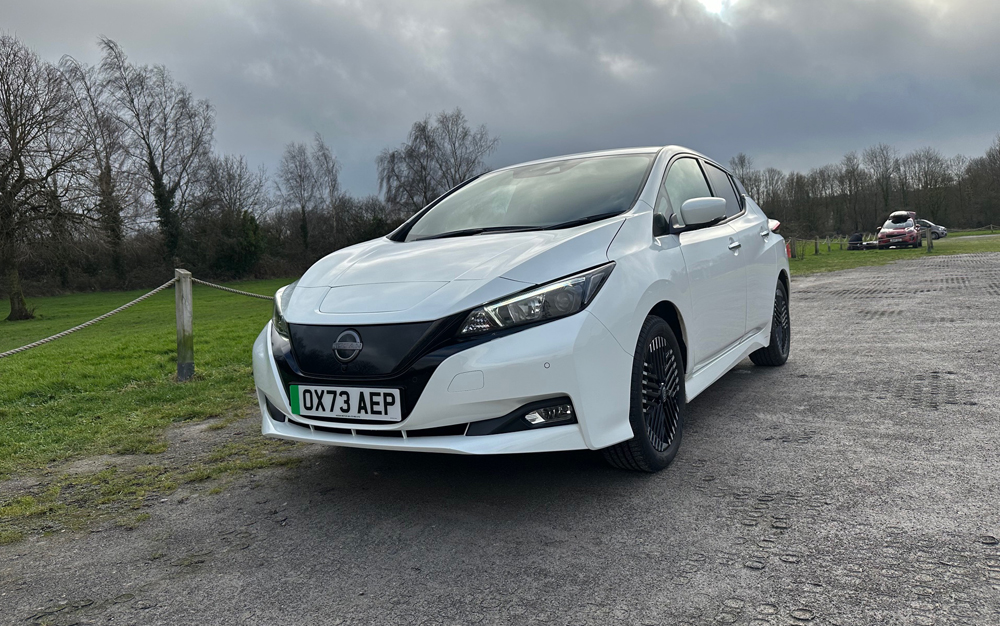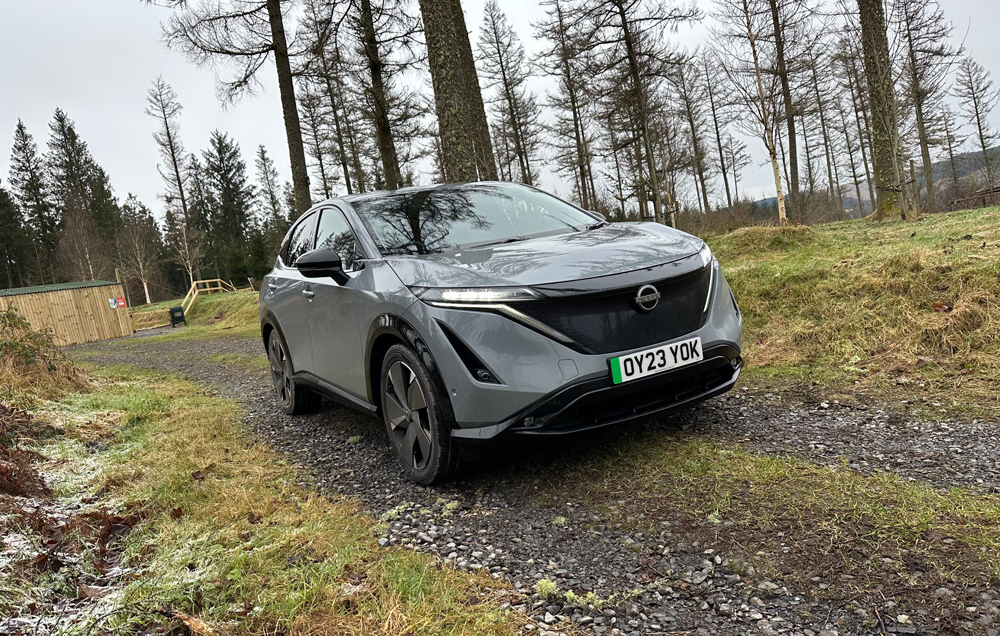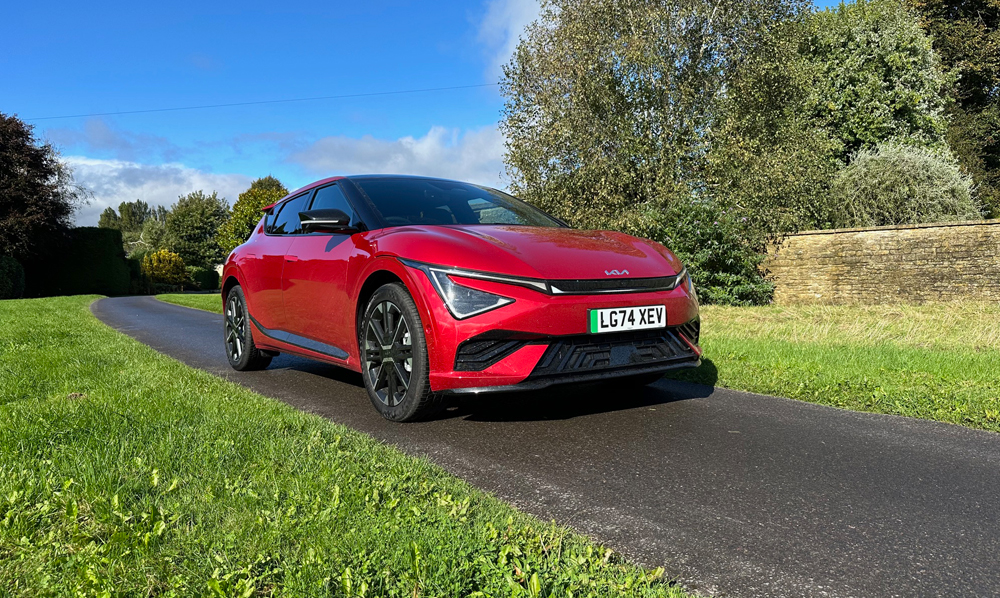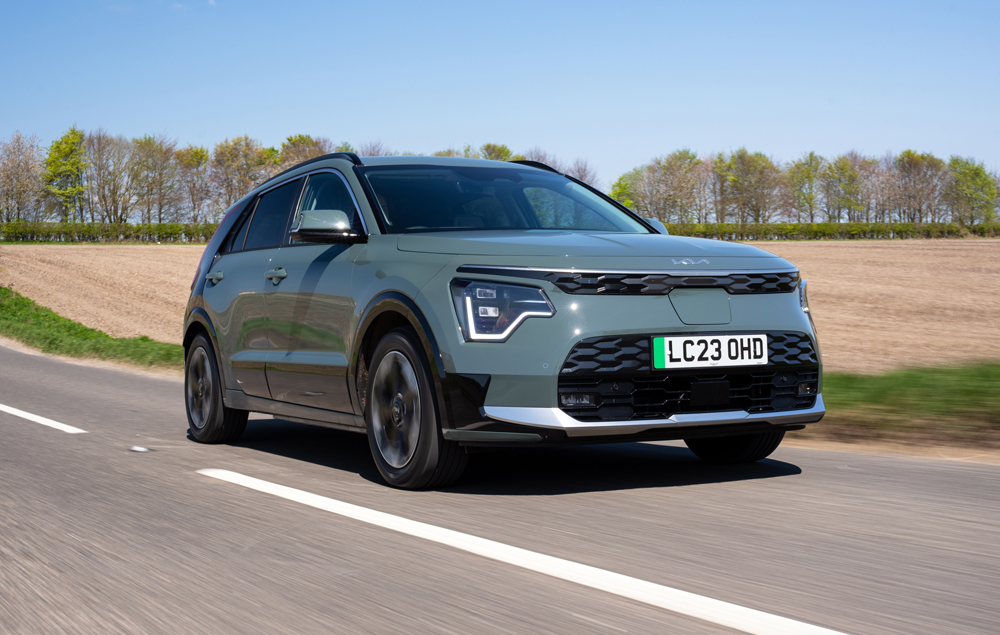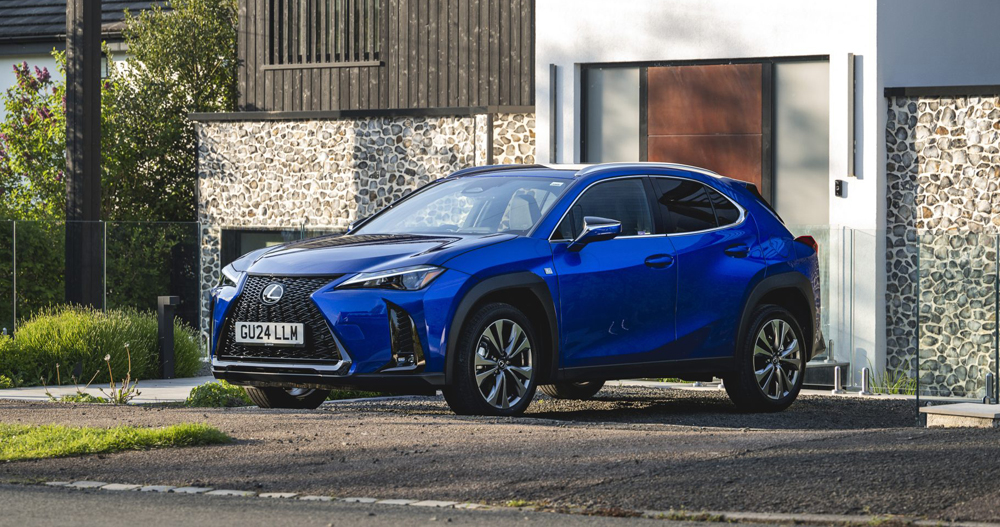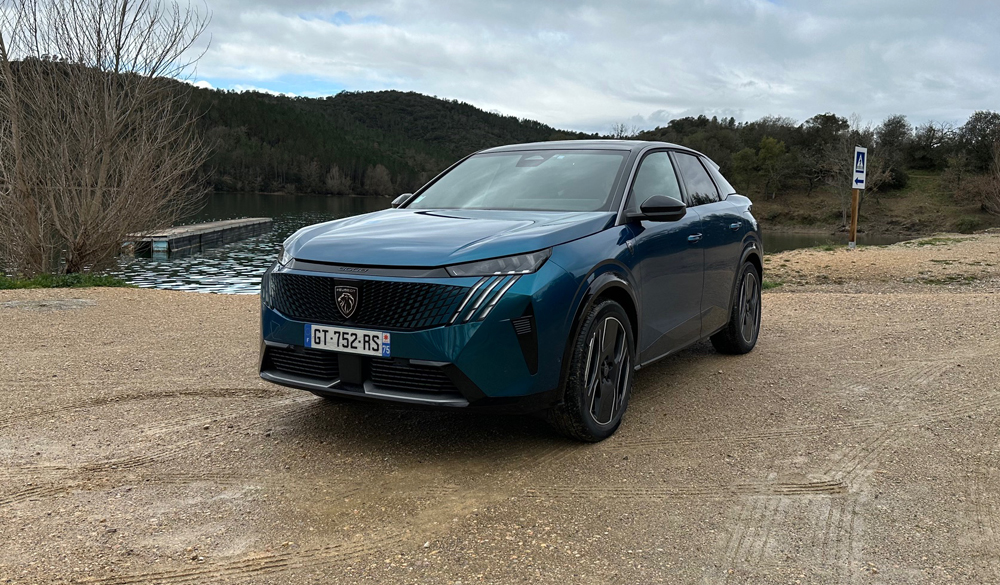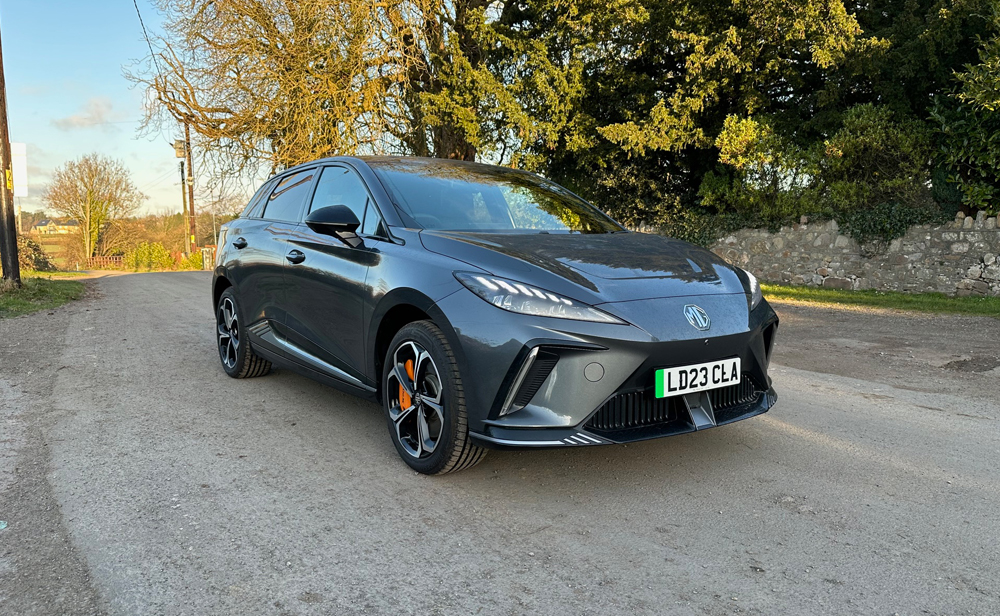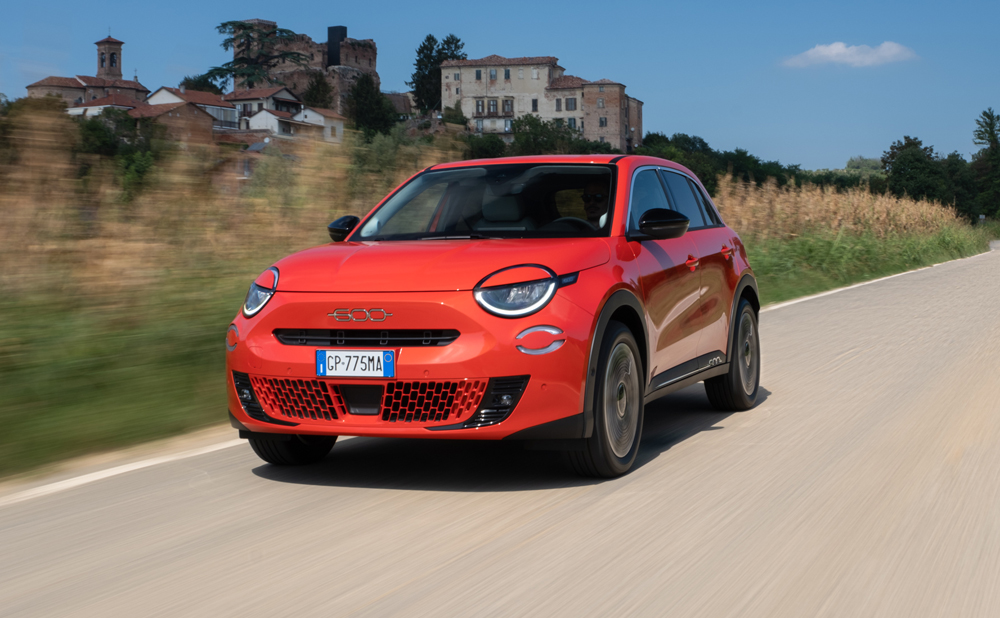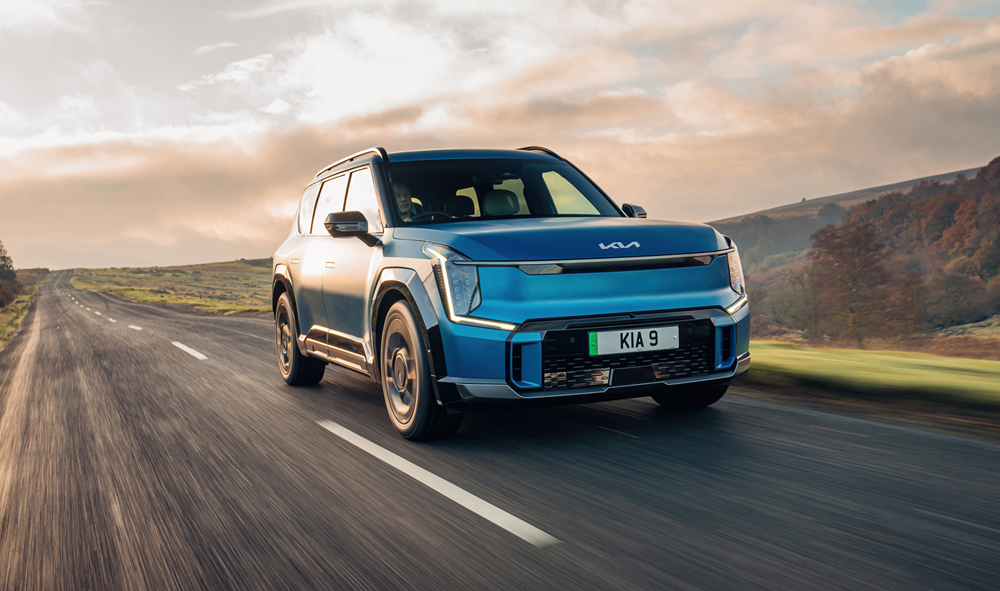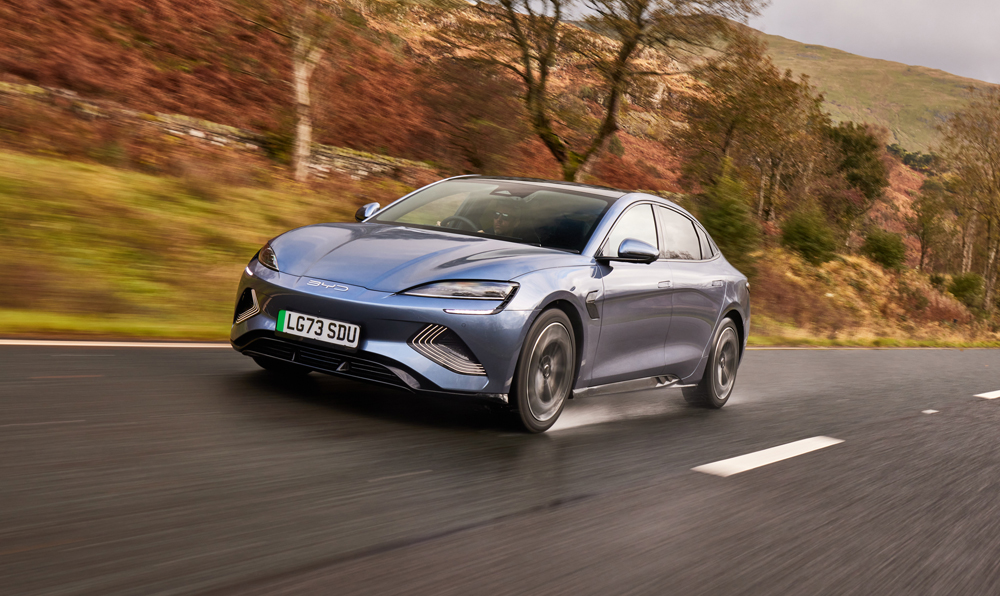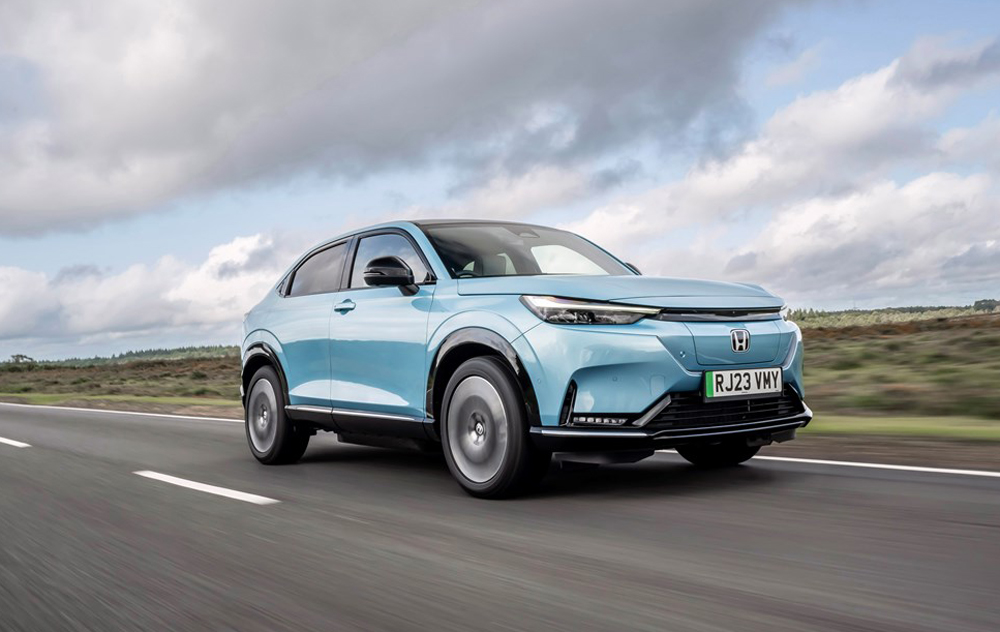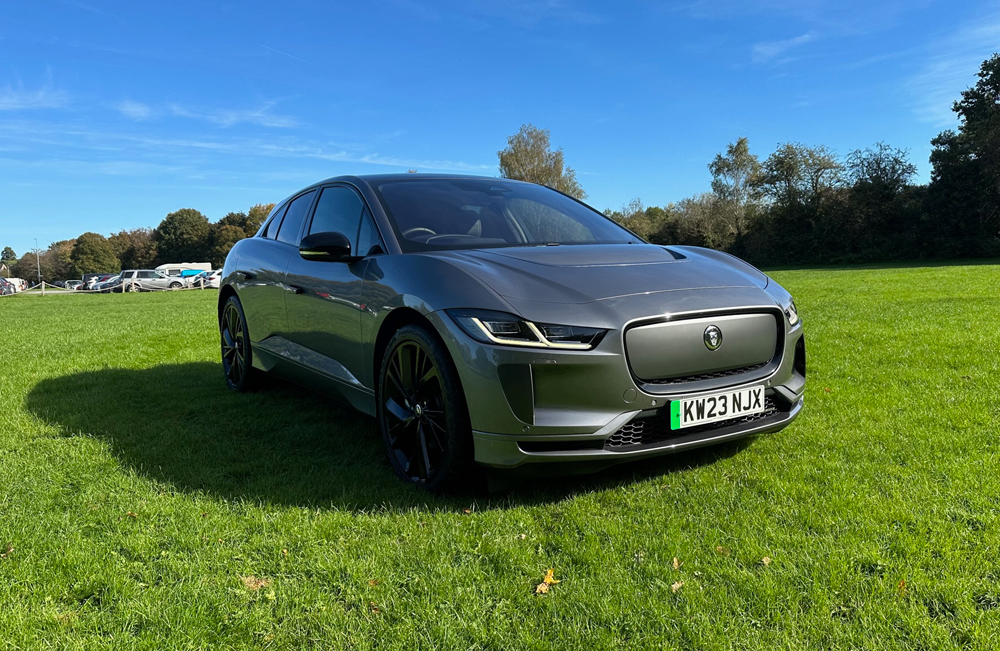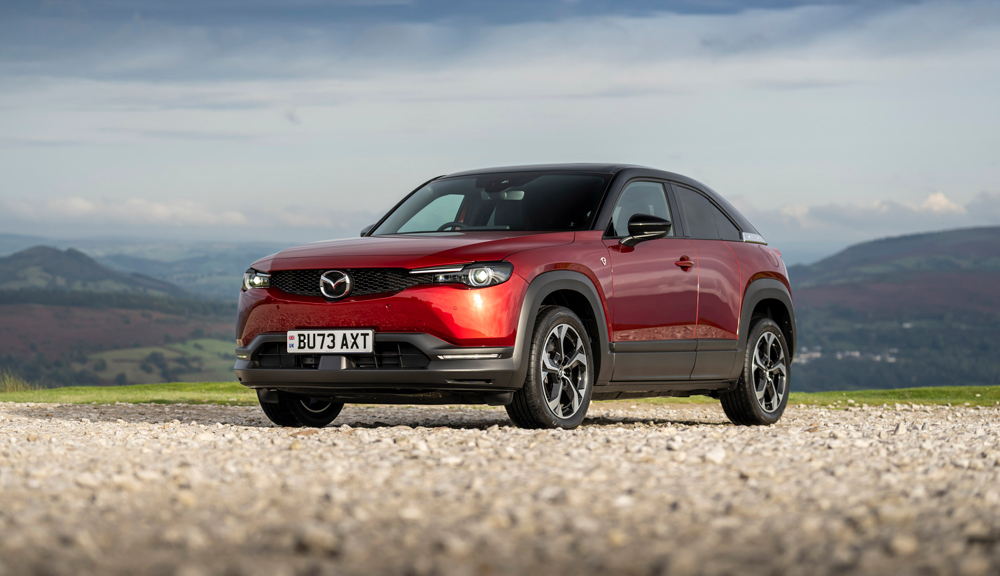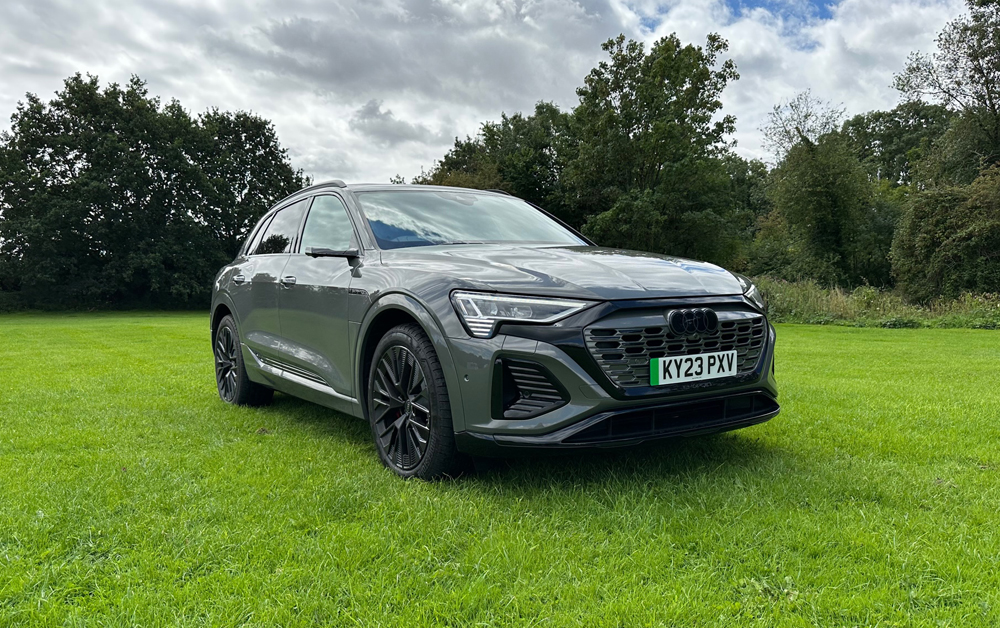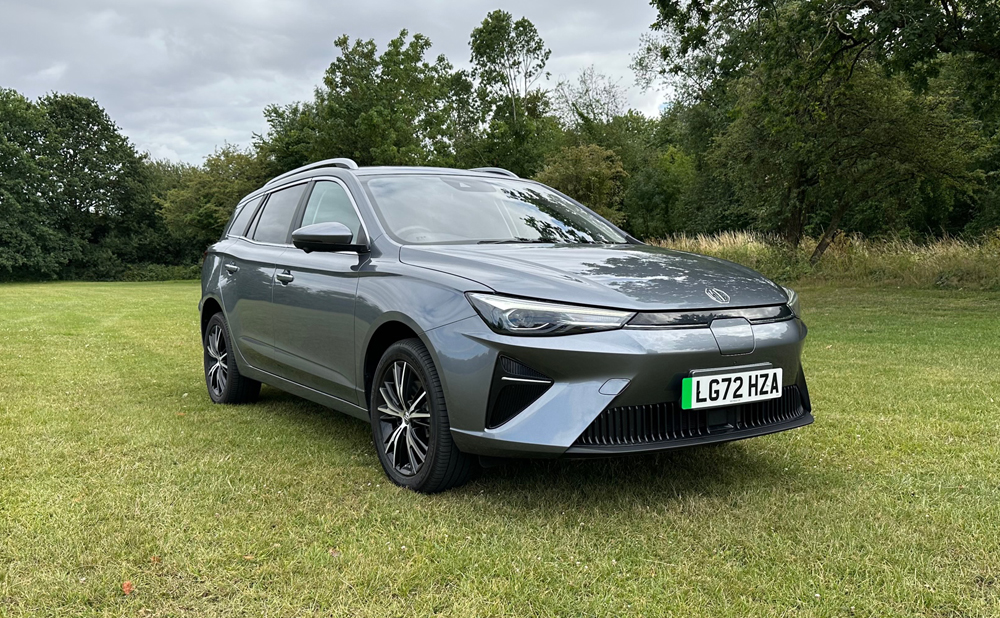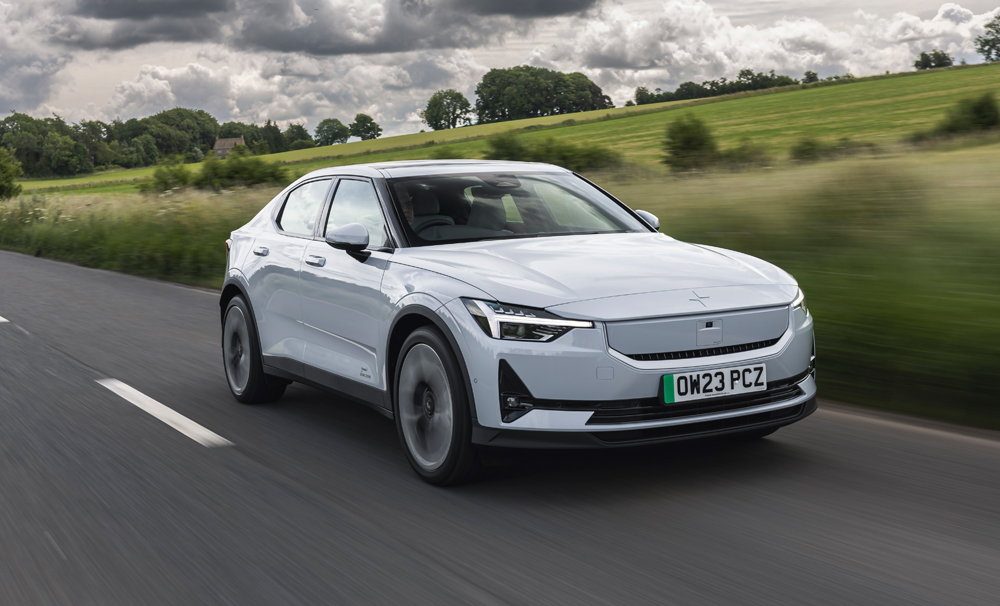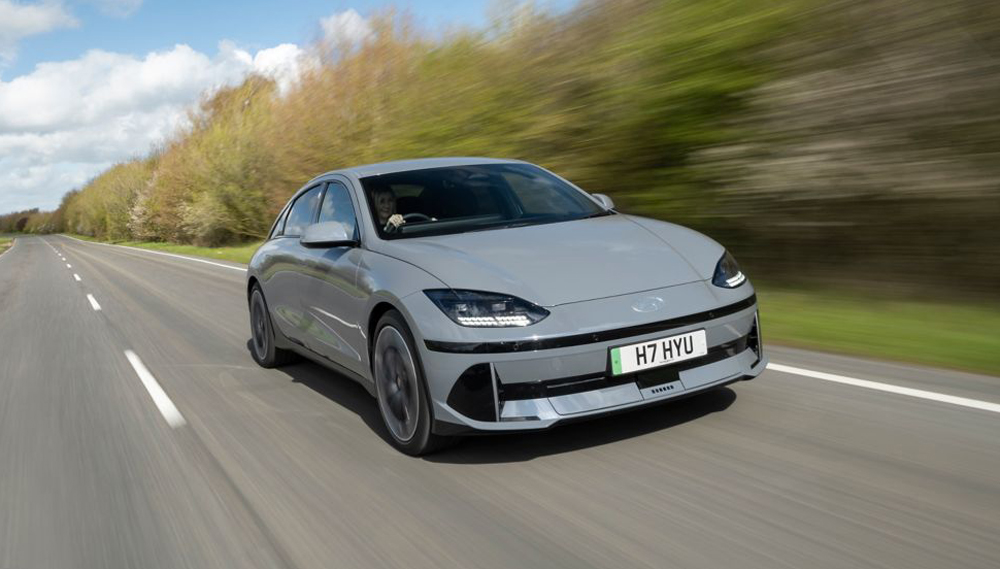
Nissan
Leaf
The Nissan Leaf is a five-door, five-seat fully electrified vehicle that is great value for money and comes with many financial incentives such as tax free motoring. In its day, it led the way for affordable EV motoring.
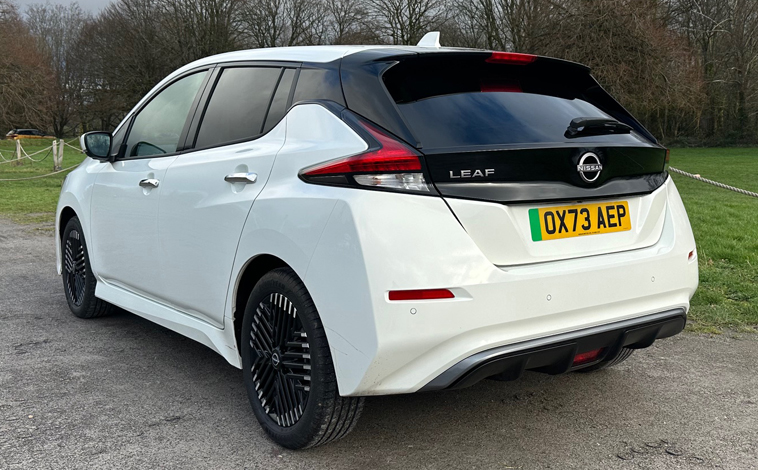
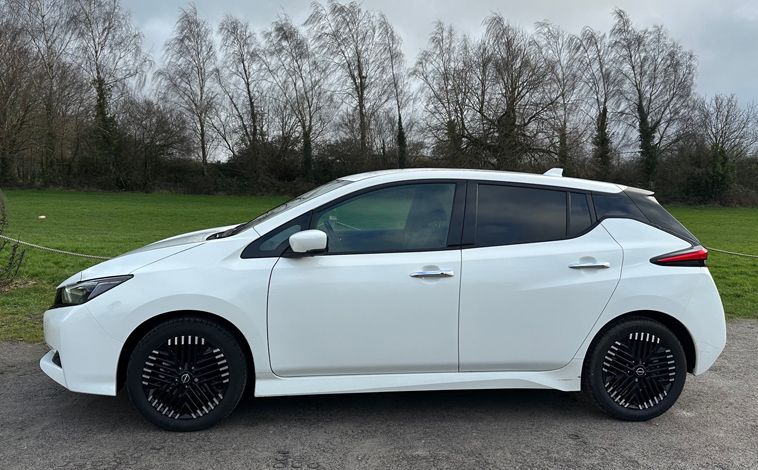
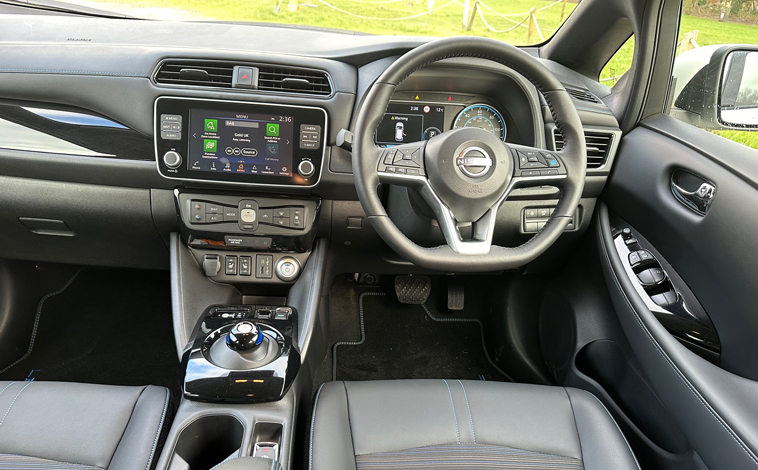
The good
Range has been increased to 155 milesThe bad
Expensive outlay but very good economy thereafterTech Specs
Test Drive
Nissan Leaf Shiro (2024)
Oh, how we Brits love a bargain and Nissan has come up trumps with is latest Leaf Shiro model that is fully loaded with tech but at a price that’s guaranteed to turn heads.
At £28,495, the Leaf Shiro is based heavily on the high-end N-Connecta grade, but it comes in at £2k less than its sibling.
Shiro is Japanese for white, so the car is only available in an Arctic White shade and like the rest of the Leaf line-up, it features a 39kWh battery. The Leaf was previously offered with a higher-powered 64kWh battery unit, but that was withdrawn last year.
But with a combined driving range of 168 miles under WLTP testing, increasing to 242 miles in the city, the Leaf Shiro will easily cover the average driver’s daily commute for several days and still have enough range to venture further.
With 150PS and 320Nm of torque the vehicle is quick out the starting blocks and it can sprint to 62mph from a standing start in just 7.9 seconds, maxing out at 90mph.
It’s a very easy car to drive with great driver visibility, nicely weighted steering and an e-Pedal which makes single pedal driving possible. This is really beneficial in busy stop, start traffic and there is also an Eco mode to help maximise the driving range.
But the Leaf Shiro is definitely not restricted to city driving as it’s composed on twisting country lanes and can also cruise with ease at 70mph on motorways, although the range will drop fairly quickly.
One of the features the Shiro gains from the Leaf N-Connecta is Nissan’s ProPILOT driver assist system. This keeps the car planted in the centre of the lane and a safe distance from the vehicle up ahead and makes motorway driving more relaxed.
From a design point of view, the Leaf Shiro is an attractive five-door car that is packed with technology. Eye-catching features include a blanked out grille housing the illuminated charging port and this is flanked by the sweeping light clusters. There is privacy glass, gloss black B pillars and 17-inch alloys.
Moving inside, the interior is clutter-free but generously kitted out and upholstered in part-cloth, part-synthetic leather seats that are both powered and heated. In addition, the D-shaped leather trimmed steering wheel can also be warmed against the winter blues.
Behind the wheel is a driver information display where data such as speed, battery charge and driving range can be viewed. And the main nerve centre is the eight-inch touchscreen that offers access to features such as the navigation system, Apple CarPlay and Android Auto smartphone connectivity, a six-speaker audio with DAB radio, Bluetooth with audio streaming and an Intelligent Around View Monitor with moving object detection.
While the interior is neat enough, there are a number of rival manufacturers that are offering similarly priced EVs but boast superior technology, including the Chinese carmakers like BYD and MG.
But that aside, the Nissan Leaf Shiro covers so many bases well and another feature is its practicality. It’s a compact five-door model with bundles of space up front and plenty of room for a trio of youngsters in the back with Isofix anchors to the outer rear seats. Adults can sit in the back, but if the seats are pushed back too far, they will soon start complaining.
There are plenty of storage compartments scattered throughout the Leaf with a glovebox, cup holders, door bins and seat back pockets to tuck away bits and pieces.
The boot, accessed via a wide-opening tailgate, has a 435-litre capacity that can be increased to a very respectable 1,176 litres with the 60:40 split-folding rear seats dropped flat.
Charging the Leaf using a home wallbox takes 7.5 hours from zero to 100 per cent, but a 20 to 80 per cent boost can be achieved in about an hour if using a 50kW fast charger.
The Nissan Leaf was viewed as a game-changer when it was introduced back in 2010 offering fully electrified motoring at a very competitive price. It wasn’t until 2018 that the second-generation car was launched and, since then, Nissan has made a few tweaks here and there to keep the model up to date.
But while it was quite a pioneer back in the day, there are numerous rival manufacturers that are introducing similarly-priced cars but with plenty of tech and a far more modern design. With that in mind, Nissan needs to be careful that the Leaf is not behind.
Test Drive
Nissan LEAF (2016) – first drive
Apart from being incredibly pricey, there’s no denying the fact that potential buyers still have their reservations about electric vehicles.
Firstly there is the range anxiety factor and this is followed closely by the seemingly lack of infrastructure to cope with charging these vehicles within the UK, but all those fears could be laid to rest with the introduction of the new third generation Nissan LEAF.
We know that in a ‘normal’ car the fuel light comes on and we have 30-40 miles to find a garage and any old petrol station will do. But it’s not that simple with an electric vehicle (EV) which needs a specific charging point to continue on its way.
Admittedly, buyers of these vehicles do have smaller daily commutes so getting close to low battery capacity is very unlikely, but it can still be a deterrent if drivers like to venture further afield.
Well, Nissan has addressed the first issue to some extent with the launch of its new LEAF model which now has a more powerful 30kWh battery as an alternative to the existing 24kWh one. This extra 6kWh may not sound like much but what it translates into is additional miles. In fact, according to official figures the new LEAF with the 30kWh battery has a range of 155 miles (an increase of 31 miles over the standard battery).
This latest power pack is available on Acenta and Tekna models but not on the entry-level Visia. It weighs 21kgs more than the lesser-powered battery, but there is no increase in size so no additional space is required. Nissan says the extra performance is thanks to rather clever packaging and chemistry with the introduction of carbon, nitrogen and magnesium to the electrodes to improve efficiency.
Another new feature that is worth noting is the introduction of the very latest NissanConnect infotainment system. LEAF owners have always enjoyed the benefits of being able to control features within the vehicle remotely such as checking the car’s charge status or warming the cabin on cold mornings – all via a smartphone.
But now this innovative technology has become more advanced with a new map that displays where charging points are available and which ones are being used. There is a new navigation system, along with vehicle maintenance checks and alerts, plus a car-finder function. The NissanConnect EV infotainment system also features a new interface, digital radio, a 7-inch touchscreen with zoom and swipe capabilities and once again this system is available on all Acenta and Tekna models.
It comes as no surprises that the LEAF is pioneering in so many ways as it is the number one best-selling EV in the world and with economy of 2p per mile the financial savings do stack up. Add in the tax benefits from zero-emissions motoring, along with congestion charge exemptions, plus a number of other benefits and it’s clear to see why LEAF sales are growing at a rapid rate. In fact, since it was first introduced in 2012 with 749 sales in its first year, the increase has been most impressive with 1,814 sales in 2013, 4,500 in 2014 and 6,951 already in 2015.
We were set a rather unusual challenge on the international launch of the latest five-door, five-seat LEAF. Setting off with a full battery charge we climbed a mountain in Southern France and then tried to recoup some of the lost battery power by regenerating energy on the way down. In some of the toughest conditions, we completed the task and were showing very close to achieving the 155 maximum range – we achieved 148 miles.
The car was a delight to drive – it was beautifully smooth and very comfortable with ample room for two adults to stretch out in the back – three at a bit of a squeeze and the boot is generously sized too. Our range-topping Tekna model was fitted with a pitch perfect Bose sound system which reduced the boot capacity slightly to 355 litres, which is still plenty big enough.
The car, priced at £26,490, can reach 62mph from a standing start in 11.5 seconds and has a top speed of 90mph. It handled well when climbing and the great all-round visibility is very beneficial when traversing hair-pin bends with a cautious eye on the information screen that tells you how much energy is being spent or regenerated – it can become a little addictive!
It also coped well amongst busy congested traffic and on faster moving motorways where there was a nice burst of pace when required.
As for the matter of infrastructure, Nissan claims recharging the new model is easy and stress-free with customers able to use charging points at their homes, in public or from the network of rapid chargers expanding across Europe. In the UK there are approximately 500 LEAF-compatible rapid chargers which cover more than 95 per cent of the UK’s motorway network. The 30kWh battery can be charged to 80 per cent on a quick charger in 30 minutes.
The new 2016 LEAF 30kWh will be on sale from December priced from £24,490 for the Acenta trim – a price rise of £1,600 over the lower-range 24kWh option.
And Nissan is so confident about the reliability of the vehicle they have offered an eight-year/100,000-miles battery warranty on the 30kWh version, which is yet another best-in-class tick for the LEAF.
Test Drive
Nissan LEAF (2011)
At last, it’s an electric vehicle that looks like a proper car and even more importantly, drives like one too.
It is, of course, the 2011 Car of the Year, the highly impressive Nissan LEAF.
From, any angle the LEAF looks like a snazzy conventional five-door city hatchback with tinted glass, LED rear lamps, smart black trim surrounds on the windscreen and door mirrors, silver door handles, electric folding exterior mirrors and the distinctive pale blue Nissan emblem sitting proudly on the bonnet, boot, alloys and steering wheel.
But the LEAF is not your everyday car because it is powered purely by a 80kW electric motor which means zero carbon emissions and, that in turn, means lots of financial rewards and Government incentives.
As usual, there is a slight issue and that’s getting your head round the prospect of limited range between charges – the LEAF can rack up 109 miles before a charge is essential but that distance may be reduced depending how the vehicle is being driven and what features are in operation such as air con.
It takes approximately 12 hours to fully charge the LEAF, but that can be reduced to eight if you fit a special power point to your home supply at an additional cost of £1,000.
But get over those distance limitations and the charging concept and the LEAF is the perfect city car for anyone with an eye on the environment.
The interior is quite quirky in design with a collection of technical wizardry at your disposal.
The striking dashboard houses all sorts of functions and readouts and there’s green gadgetry galore such as green trees that grow and increase in numbers if you drive responsibly. More vital though are the displays informing you of the driving range of the LEAF and where the nearest charging points are within that range.
The driver is treated to an array of creature comforts such as automatic wipers with rain sensor, air con with pollen filter, push start button, electric parking brake, cruise control, electric windows, a seven-inch colour touch screen display that houses the sat nav, a rearview camera to make parking a doddle, an audio system which is compatible with all modern day devices, Bluetooth connectivity and quite a bit more.
But that’s not all as there is even the facility to pre-control the temperature of the LEAF via a smartphone or PC and start and monitor the charging process via the same appliances.
So the LEAF looks great, has bags of top notch features, but how about performance?
The drive doesn’t disappoint at all. Comfort levels are very high and there is plenty of room for four adults to travel in style. The generously-sized boot can easily be increased thanks to 60:40 split folding rear seats.
The driver can select from two driving modes – normal for more responsive driving and ECO which helps to preserve energy. Although I can appreciate the importance of the ECO mode, I initially found it was like driving with a handbrake on, but after a few miles it became more natural.
The LEAF offers great power and acceleration (especially in normal mode) and the cabin is virtually silent with no engine noise at all.
And the car boasts plenty of top-notch safety features too, such as anti-lock brakes with electronic brake force distribution, six airbags and electronic stability programme.
One factor that has to be looked at though is the asking price. The LEAF starts around the £25k mark including the Government’s £5k subsidy, so it’s not the sort of car that you go out and buy on a whim. However, most deals are expected to come from leasing packages priced about £365 per month.
All in all, the LEAF and its like could well be our future with oil prices continuing to soar, and once you can get over the panic caused by watching your mileage range deteriorate, it’s an absolute dream to drive.
Latest Related NEWS
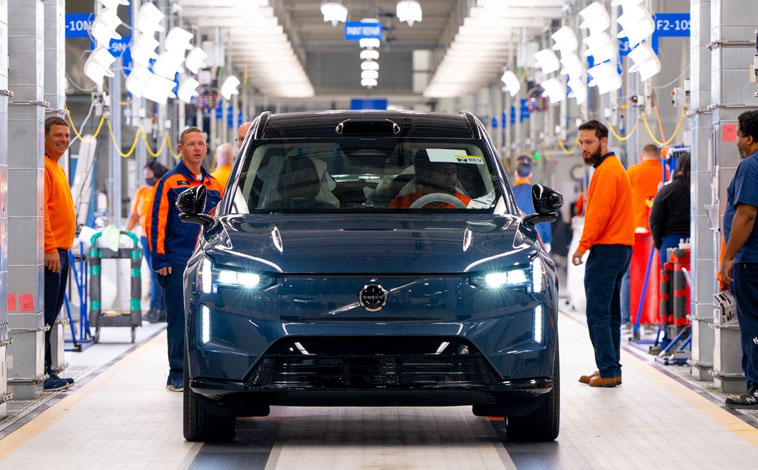
Volvo EX90 rolls off production line
Volvo is in a celebratory mood as its factory outside Charleston, South Carolina, [...]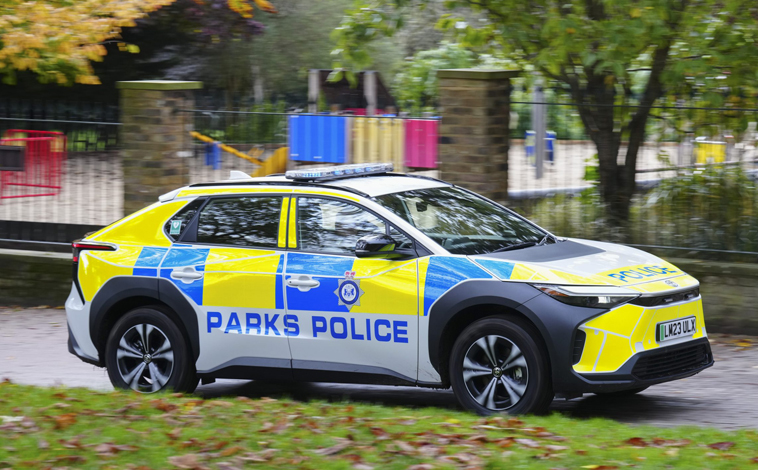
Toyota’s bZ4X is out on policing duties
The Toyota bZ4X has taken on its first “blue light” public service role, [...]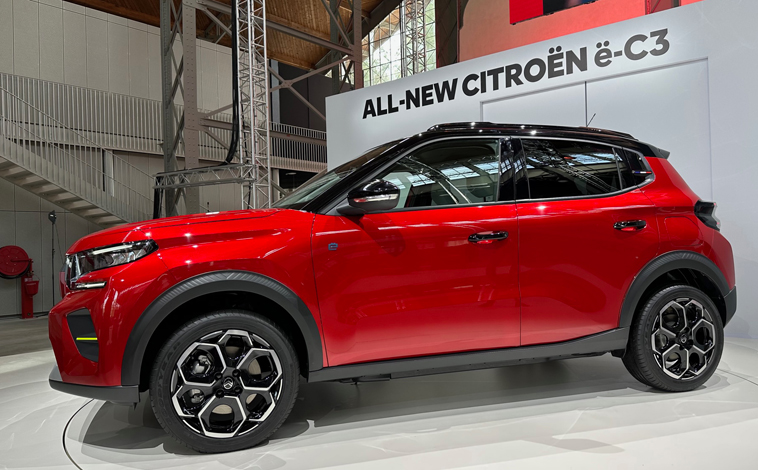
Citroen unveils its e-C3 game-changer
Citroen may not have reinvented the wheel, but it has certainly re-written the [...]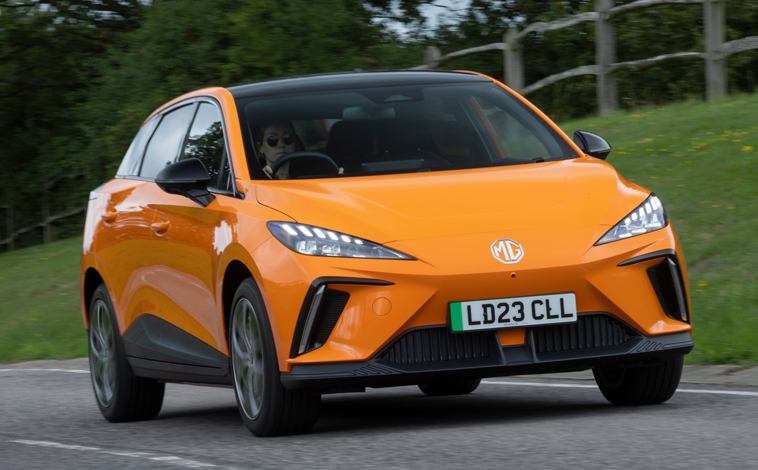
Latest MG4 EV can deliver 320-plus miles
MG has revealed the official pricing and specification of its new MG4 EV [...]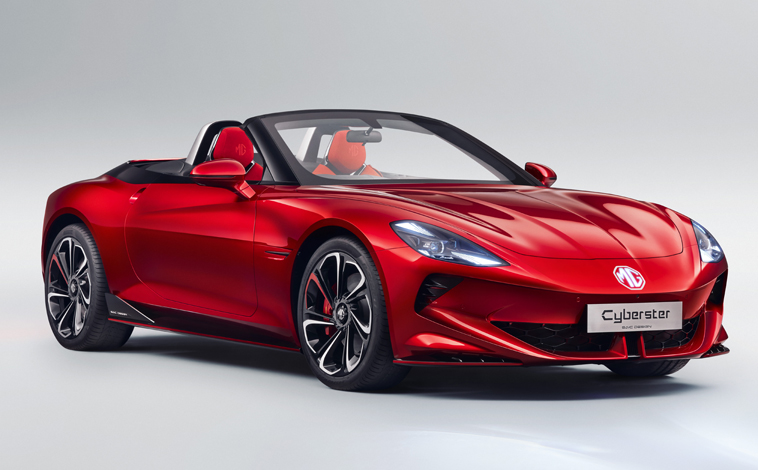
MG returns to its epic sports car roots
A pre-production design model of MG’s dramatic new sports car, the Cyberster, has [...]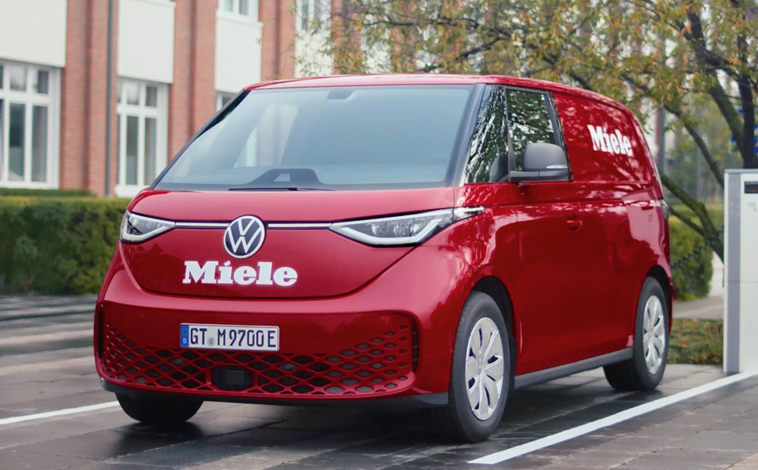
There’s a real Buzz about Miele vans
Premium household appliance manufacturer, Miele, has become the first customer to receive five [...]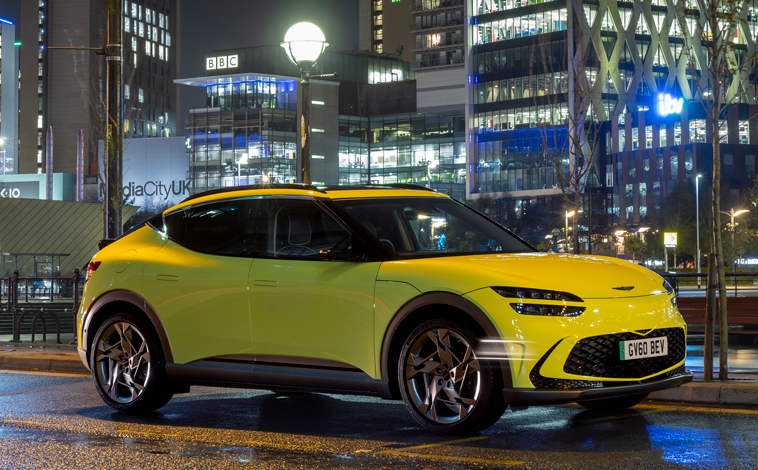
Genesis GV60 at the Salon Privé London
Luxury brand Genesis is the latest major car company to confirm its presence [...]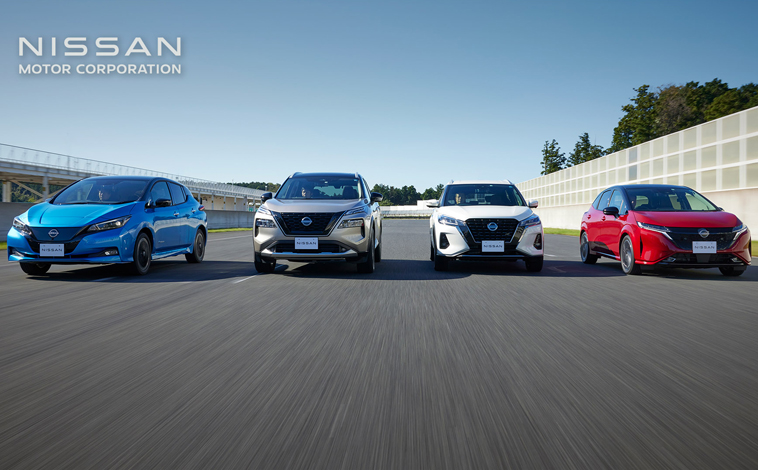
Nissan has new electrification ideas
Nissan has unveiled its new approach to electrified powertrain development, which it calls [...]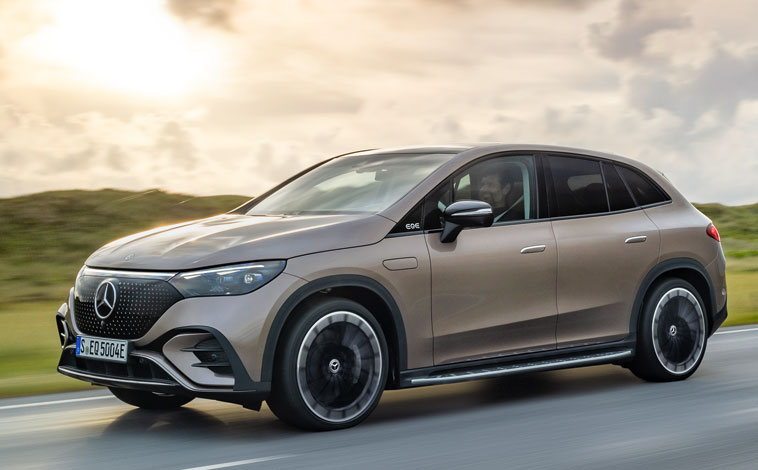
Mercedes electric EQE SUV on sale
The Mercedes-Benz EQE SUV is now on sale in the UK with prices [...]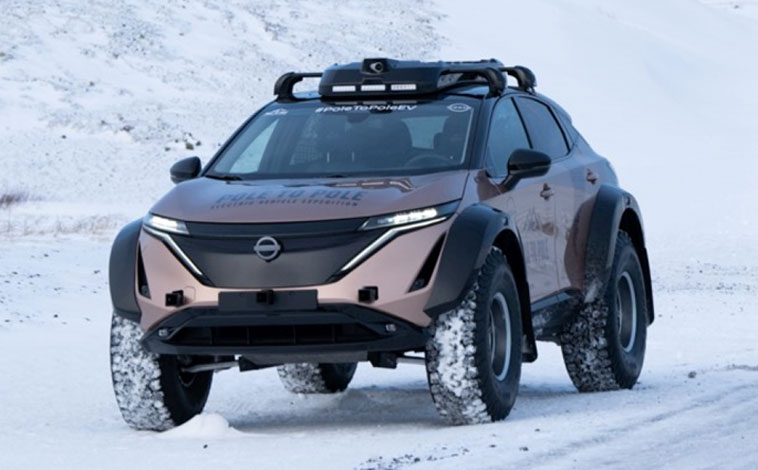
Nissan Ariya’s epic polar adventure
Set amongst Arctic-like conditions, the Pole-to-Pole expedition team and Nissan have unveiled an [...]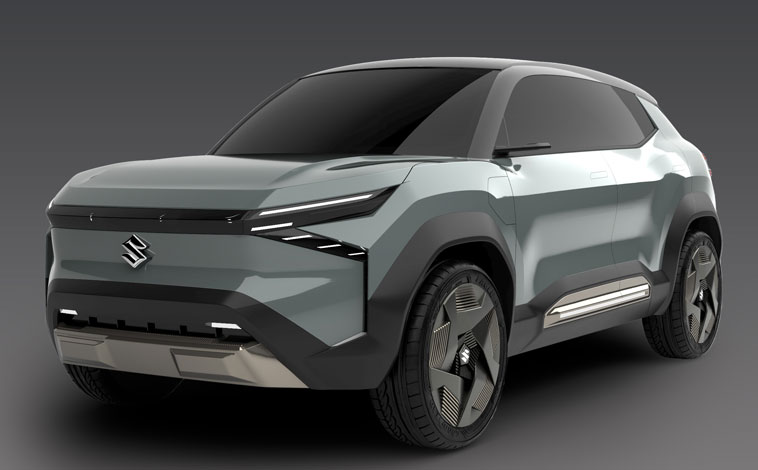
Suzuki’s EV concept car is unveiled
The world premiere of Suzuki’s EV concept model eVX has been made at [...]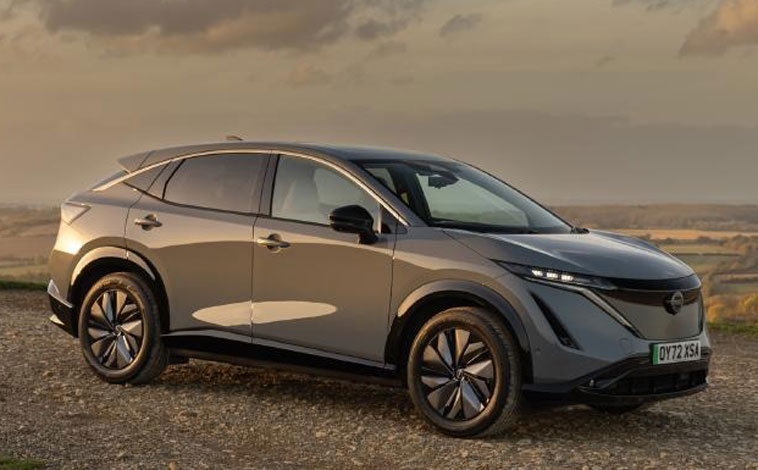
Nissan puts safety top of its priorities
Placing safety at the forefront of its ambitions, Nissan continues to push the [...]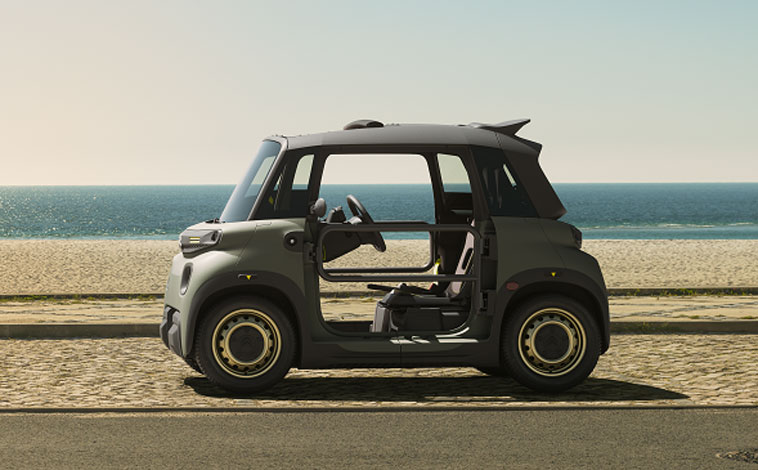
My Ami Buggy models are on their way
Citroën has announced that a limited run of just 1,000 My Ami Buggy [...]
Volvo launches new seven-seater EV
Volvo is launching a seven-seat SUV that is fully electrified and boasts all [...]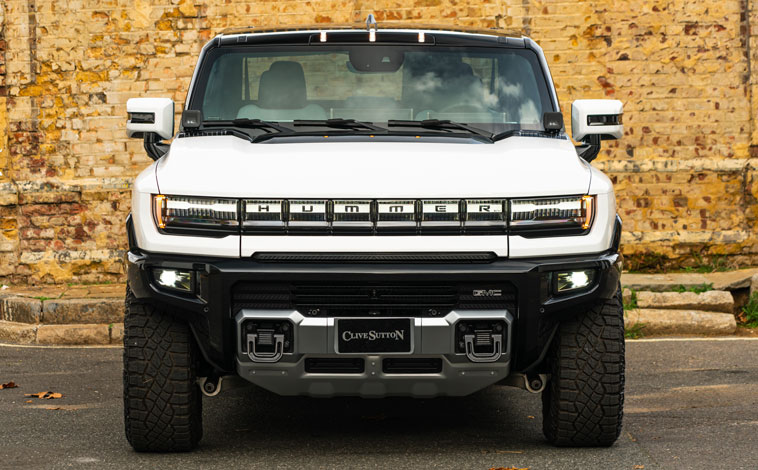
Introducing the mighty GMC Hummer EV
High-performance and luxury car specialist Clive Sutton has brought the first GMC Hummer [...]


